外光电效应
半导体中电子吸收较高能量的光子而被激发成为热电子,有可能克服晶格场的束缚逸出体外成为自由电子,这又称光电子发射效应。图2是一个具有理想表面的半导体的能带图,EC、EV分别表示导带底和价带顶,E0为体外真空能级,x为电子亲和势(表示导带底的电子逸出体外所需克服的晶体束缚能),EF为费米能级位置,φ为逸出功,ET=x+EV为光电子发射阈能。
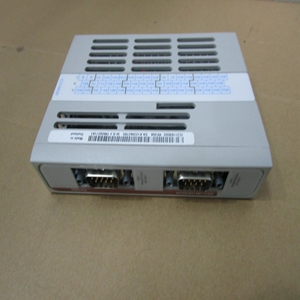
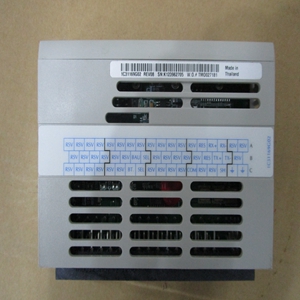
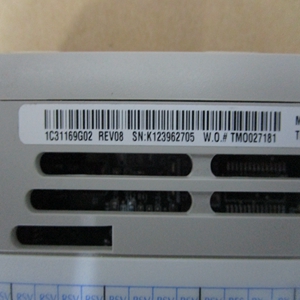 External photoelectric effect
External photoelectric effectElectrons in semiconductors absorb high-energy photons and are excited to become hot electrons. It is possible to overcome the binding of lattice fields and escape out of the body to become free electrons, which is also called photoelectron emission effect. Fig. 2 is the energy band diagram of a semiconductor with an ideal surface. EC and ev respectively represent the bottom of the conduction band and the top of the valence band. E0 is the in vitro vacuum energy level, X is the electron affinity potential (representing the crystal binding energy to be overcome for the electrons at the bottom of the conduction band to escape out of the body), and EF is the position of the Fermi energy level, φ Is the escape work, et=x+ev is the photoelectron emission threshold energy.

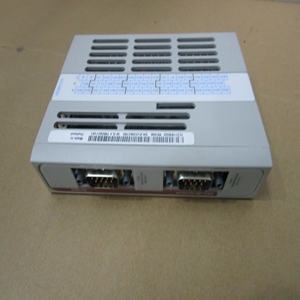
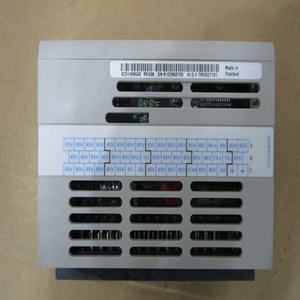


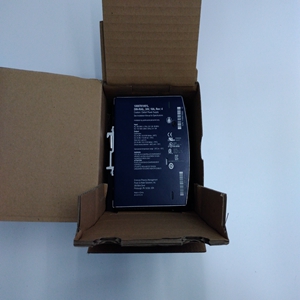

 客服1
客服1